Scientist of the Day - Peter Warren Dease
Peter Warren Dease, an English/Canadian fur trader and explorer, was born Jan. 1, 1778, on what is now Mackinac Island, Michigan, but was then Canadian territory. Dease started out working for the XY Company, a fur enterprise trading in the Northwest territory. That company merged with the North West Trading Company in 1804, and then North West Company and the Hudson’s Bay Company, which were at virtual war for some years in the late 1810s, were forced to merge by the British government in 1821. So in that year, Dease became part of the newly-expanded Hudson’s Bay Company (HBC), where he would be employed for the rest of his working life. Like many people born on Jan. 1, he ordinarily gets passed over in this series, since the library celebrates Jan. 1 by closing, but we push Dease’s birthday forward a few days so we can celebrate him today.
The explorer John Franklin had made his first venture into Canadian territory in 1820, looking for a land/river route to the Arctic Archipelago, and Dease had helped him out with supplies and guides. Pleased, Franklin officially requested Dease’s assistance for his second overland expedition of 1825-27, which was much more successful than his first, and mapped most of the northern coastline, from Return Reef in the west to Point Turnagain in the east, a considerable stretch. Dease supervised the construction of a fort, Fort Franklin, on Great Bear Lake. Dease was rewarded for his services to Franklin by being made a Chief Factor by George Simpson, the head of the HBC. Chief Factors were like Chief Traders (Dease’s former title), but further up the administrative ladder. The HBC had 25 chief factors and 28 chief traders, supervising their 1500 employees.
In 1836, Dease was asked to explore up the Mackenzie River to the Arctic Ocean, and then east and west, to chart the coastlines that had not been mapped by the expeditions of Franklin, F.W. Beechey, and George Back. He took with him a companion, Thomas Simpson, an intrepid explorer but an uneven human being, who just happened to be the younger cousin of George Simpson, governor of the HBC. Dease and Simpson made three voyages in all (voyages because they travelled in boats down the river and along the northern coast), and they did indeed map all of the remaining coastline except for one small stretch. Accounts of each voyage were published in the Journal of the Royal Geographical Society, and we displayed a map from the last journey in our 2008 exhibition, Ice: A Victorian Romance. We show that map here as well (fifth image), along with the opening paragraphs of the accounts of the 1837 and 1839 journeys (second and fourth images), and a map from 1837 (third image).
Dease's fellow explorer, Simpson, who was 30 years younger than Dease, accused Dease, in letters to friends and his cousin, of being lazy and making Simpson do all the work, and indeed Simpson did make several boat voyages all by himself along the Arctic coast. However, we must be careful about placing too much trust in the testimony of a man who, on his very next trek in 1840, murdered two of his travelling companions and then killed himself, apparently completely deranged. Perhaps Dease had good reason for staying in camp and sending Simpson off by himself for months at a time.
After the explorations of Dease and Simpson, the only area left to map was near Boothia Isthmus, east of the mouth of the Back (Great Fish) River, and that was accomplished by John Rae in 1854. We showed a map by Rae of that last remaining coastline in our Ice exhibition catalog.
Dease retired from the HBC in 1843, took a Métis wife (the Métis were a mixed-race indigenous people of the Northwest Territory), although he already had 8 grown children by a former wife, and settled down to domestic life in Quebec, where he lived until 1864. He was buried in greater Montreal, and, as we have no portrait of Dease, we show his handsome tombstone instead (first image).
William B. Ashworth, Jr., Consultant for the History of Science, Linda Hall Library and Associate Professor emeritus, Department of History, University of Missouri-Kansas City. Comments or corrections are welcome; please direct to ashworthw@umkc.edu.

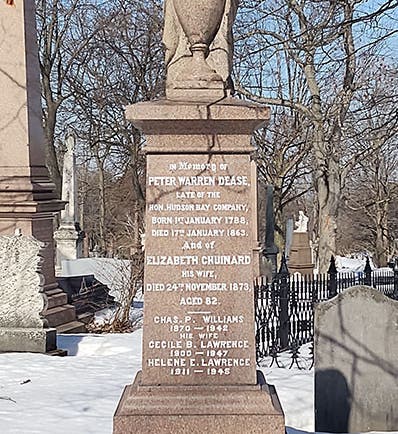
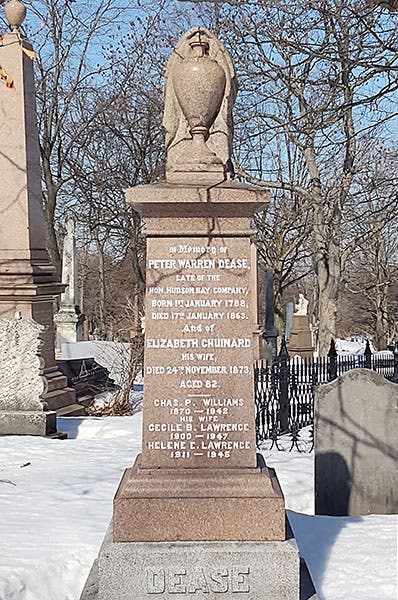
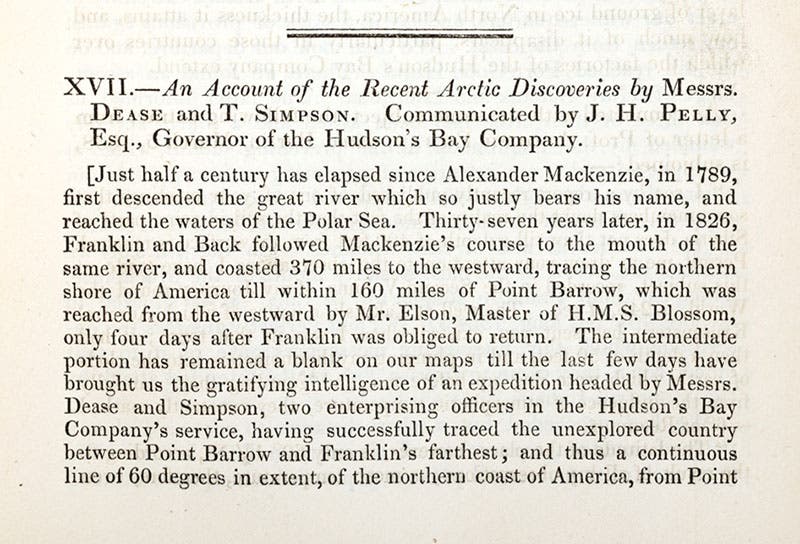
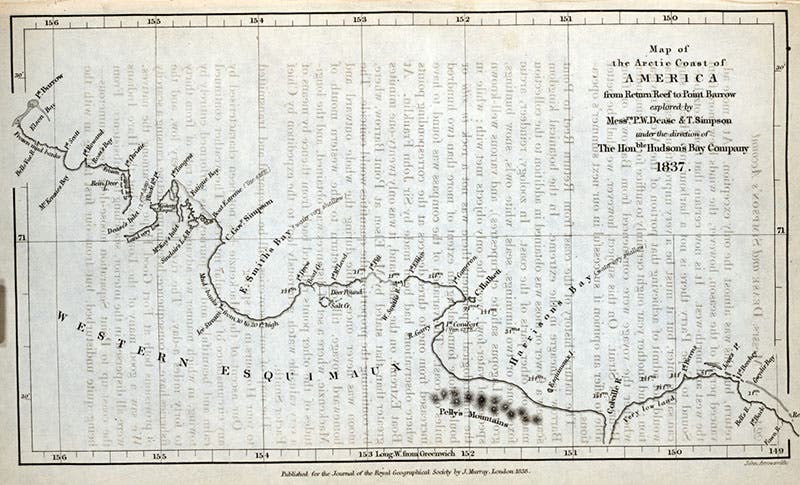
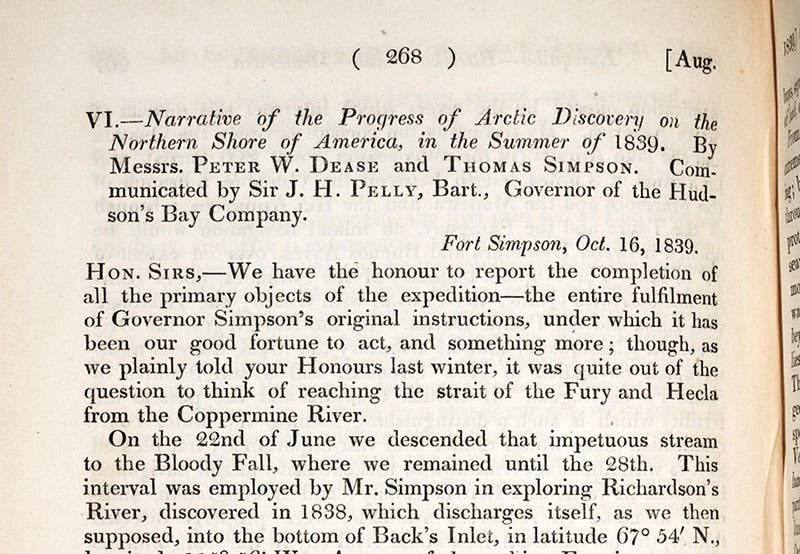
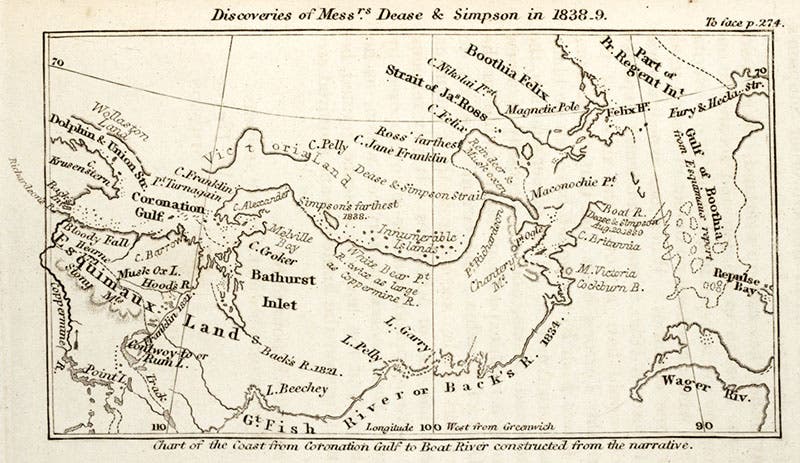
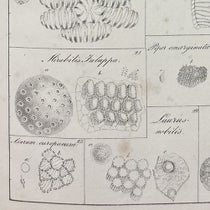
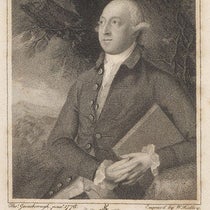


![Using an astrolabe to measure the depth of a well, woodcut in Elucidatio fabricae vsusq[ue] astrolabii, by Johannes Stöffler, 1513 (Linda Hall Library)](https://assets-us-01.kc-usercontent.com:443/9dd25524-761a-000d-d79f-86a5086d4774/a998eb50-55d2-4a88-ace2-a50aa5fa86e7/Stoffler%201.jpg?w=210&h=210&auto=format&fit=crop)